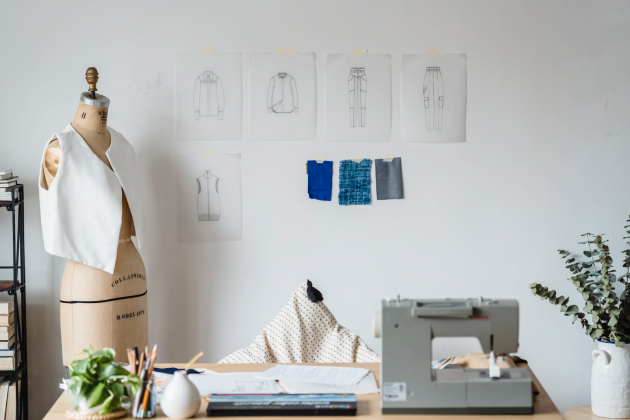In an industry as vast and lucrative as fashion, staying ahead of the curve is crucial for success. In 2022, the total income of the worldwide apparel industry was assessed at $1.53 trillion, marking a minor dip from the prior year. Nevertheless, projections for 2023 indicate a resurgence, with expected earnings exceeding $1.7 trillion. Amid these colossal figures and the constant ebb and flow of the fashion market, one tool has been consistently helping businesses streamline their operations and maximize their potential: automation software.
Automation software, typically associated with robotic processes and artificial intelligence, is the use of systems or applications to execute tasks with minimal human intervention. Within the fast-paced, fiercely competitive fashion industry, automation software has become a vital ally. It aids in accelerating processes, enhancing accuracy, and liberating human creativity by taking over routine tasks. A vital player in this transformative journey is apparel software, a specialized tool designed to support and streamline various aspects of the fashion business.
In this post, we’ll delve into the nuances of automation software, explore its impact on the fashion business, and see how innovative apparel software stands at the heart of this revolution, guiding the industry toward a future of greater efficiency and creativity.

The Impact of Automation Software on the Fashion Business
The importance of automation software in the fashion business cannot be overstated. For starters, it brings speed and efficiency to operations. Tasks that would normally take hours or even days can be executed in a fraction of the time, allowing businesses to respond quickly to the dynamic fashion market. The result is a streamlined process from design to sales, which provides a competitive edge in an industry known for its rapid pace.
Alongside speed, automation software introduces a high degree of accuracy and consistency to fashion business operations. Automated systems are less likely to make mistakes than their human counterparts, reducing the margin for error in crucial areas like inventory management and financial reporting.
Finally, rather than replacing human creativity, automation software enhances it. With routine tasks automated, fashion professionals can channel their energy into creative design and strategic decision-making. Apparel software plays an integral role here, offering digital tools that elevate the design process.
Apparel Software Deep Dive: A Core Tool in Automation
Apparel software is at the heart of automation in the fashion industry. It is a specialized type of software that caters to the unique needs of fashion businesses, from design to sales. The features offered by apparel software are tailored to streamline tasks, enhance accuracy, and spur creativity.
Not only does apparel software offer tools for digital design, but it also aids in production planning, inventory management, and sales tracking. This multi-functionality of apparel software enables it to serve as a one-stop solution for automating various aspects of a fashion business.
Key Areas in the Fashion Business Benefiting From Automation Software
Several aspects of the fashion industry are particularly susceptible to the benefits of automation software. One of these is the design process. With apparel software, designers can develop and modify digital models, experiment with colors and textures, and visualize their creations in a 3D format. The automation of these tasks drastically reduces the time spent on manual drawings and corrections.
Next, we have the supply chain and inventory management sectors. Apparel software simplifies these tasks by tracking inventory levels, predicting demand, and monitoring the supply chain in real time. This allows businesses to make informed decisions about production and sales, minimizing waste and boosting profitability.
Moreover, predictive analytics powered by automation is changing how trends are forecasted in the fashion industry. Instead of relying solely on intuition and experience, brands can leverage data-driven insights to predict what customers will want in the coming seasons.
Getting Started With Automation in Your Fashion Business
Integrating apparel software into your fashion business may seem daunting, but it starts with identifying areas that could benefit from automation. These might be areas where tasks are repetitive, time-consuming, or prone to errors. Once you have identified these areas, the next step is to find the right apparel software that fits your specific needs. This could be a comprehensive solution or a combination of specialized software applications.
Implementing your chosen software and strategies might come with a learning curve, but the long-term benefits of increased efficiency, accuracy, and creativity will outweigh the initial challenges.

Final Thoughts
Automation, with the invaluable support of apparel software, is a game-changer in the fashion industry. It offers a pathway to greater efficiency, accuracy, and creativity while preparing businesses for an exciting and sustainable future. It’s high time that fashion brands, regardless of their size or niche, embrace the opportunities that automation software presents. So gear up for a more automated, efficient, and creative future in fashion.